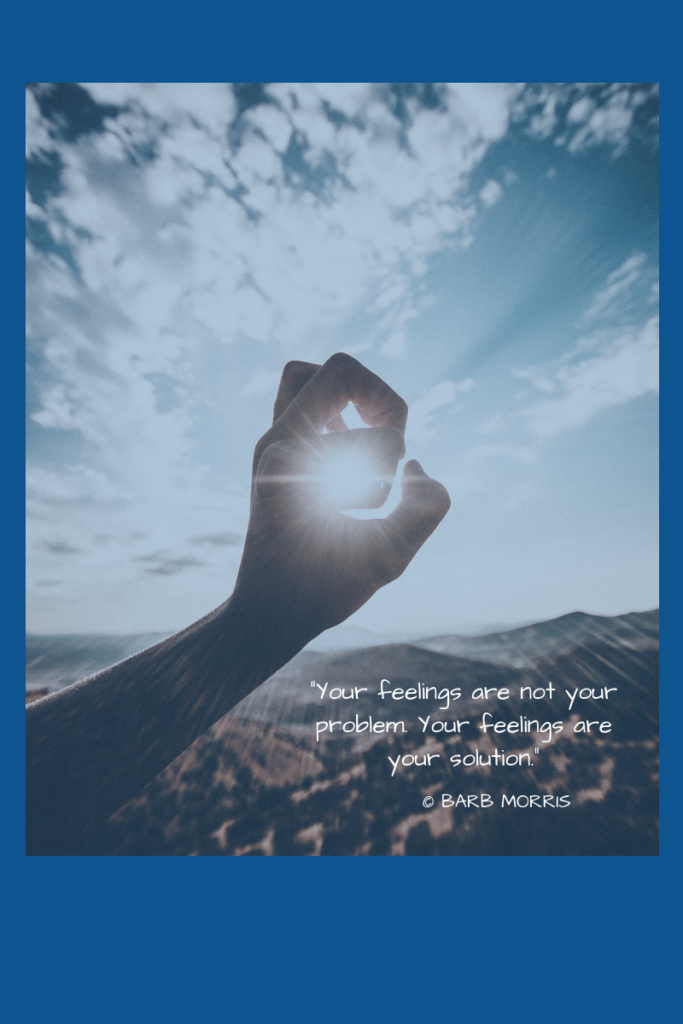Repeat after me: “It’s not my fault. It’s not my fault.”
The behaviors you carry into your adult life are not your fault. They are simply how you learned to cope with the stresses and strains of being a child in your family and in your culture.
They are not your fault.
They are, however, your responsibility. Once you are aware that your automatic behaviors in stressful situations aren’t serving you, it’s your responsibility to learn new ones.
Here’s what happened. You came into this world with an incredibly malleable, adaptive brain. Events happened in your family that began to shape your brain even before you were born. Every event in your childhood was an opportunity for neurons to connect. Every repetition of an event and your response to that event strengthened that neural connection. Over time, these connections learned to function like superhighways in your brain. Stimulus leads to response without your conscious awareness, producing the same result.
It’s neurobiology, and it’s not your fault.
For example, let’s say one of the adults in your life got mad often, and you frequently got hurt when they got mad. You probably learned that angry adults are scary and your job was to either hide or placate. That was an adaptive, rational response when you were seven. If you’re still responding to angry adults by hiding or placating when you’re 57, that’s a problem. You’re not a child anymore, and you have power now.
Building new habits to replace the old habits that no longer serve us – that’s what coaching is.
We start by learning the cycle: an event produces thoughts, thoughts lead to feelings, feelings lead to actions, and actions produce results. You can interrupt that cycle in only two places. You can change your thoughts, and you can change your actions. Feelings are a result of your thoughts, and the only way to shift them is to shift your thinking.
To heal and to make different choices, you must cultivate awareness of exactly how this cycle is operating in your life. One powerful tool for developing awareness of the cycle is the Awareness Wheel. Grab one here, and read these two previous posts for more information.
Sometimes just shining a light on what’s going on with us will ease our suffering. To really heal ourselves, though, we need to heal our brains. One powerful way to heal our brains is through an inquiry method, such as Byron Katie’s model which she calls “The Work.” (There are other forms of Inquiry. I’ve included links to two of them at the end.)
After you’ve identified a thought that’s not serving you, The Work asks four questions:
- Is it true? Yes or no.
- Can you absolutely know it’s true? Yes or no.
- What happens when you believe this thought?
- Who would you be without this thought?
The deeper you go into Questions 3 and 4, the more healing occurs. Take your time here. Katie’s website is full of resources, and I’m always happy to talk you through this process.
The final step is to turn the original thought around, and to find evidence for why it might be as true or truer than the original thought.
The purpose of this process is to find the truth. Inquiry is not about denial. It’s about truth. The truth will set you free.
Here’s how The Work could look for a child growing up with a violent parent. One painful thought learned in this situation might be, “It’s my job to keep people happy.”
- Is it true? It sure feels true, so YES.
- Can I absolutely know it’s true? Not really, so NO.
- What happens when I believe the thought “It’s my job to keep people happy”?
I’m always being nice and going out of my way to accommodate others. I don’t say what I think and I never disagree with anyone. I’m always paying attention to how others feel to the point that I don’t know how I feel anymore. I feel tense in my stomach and my breathing is shallow. My shoulders are a little hunched and my arms are tight.
- Who would I be without the thought “It’s my job to keep people happy”?
I’d say what I think. I’d let their anger be their problem. I’d pay attention to what I’m feeling and give myself love. I’d feel so much more free.
Two possible turnarounds:
- It’s not my job to keep people happy.
Of course this is true, because I’m not actually in charge of other people’s feelings.
- It’s my job to keep me happy.
Who else’s job could it be?
Repeating this process over and over builds new neural pathways. This is how you heal your brain.
Resources:
Acceptance and Commitment Therapy
Unf*ck Your Brain (This podcast and blog is the work of Kara Loewentheil, a Harvard-trained lawyer turned life coach. I think it’s f*cking brilliant, if you don’t mind swearing. Kara’s method is more streamlined than The Work.)
As always, I offer a free consultation. Please email me or use the contact form to set up a convenient time.


